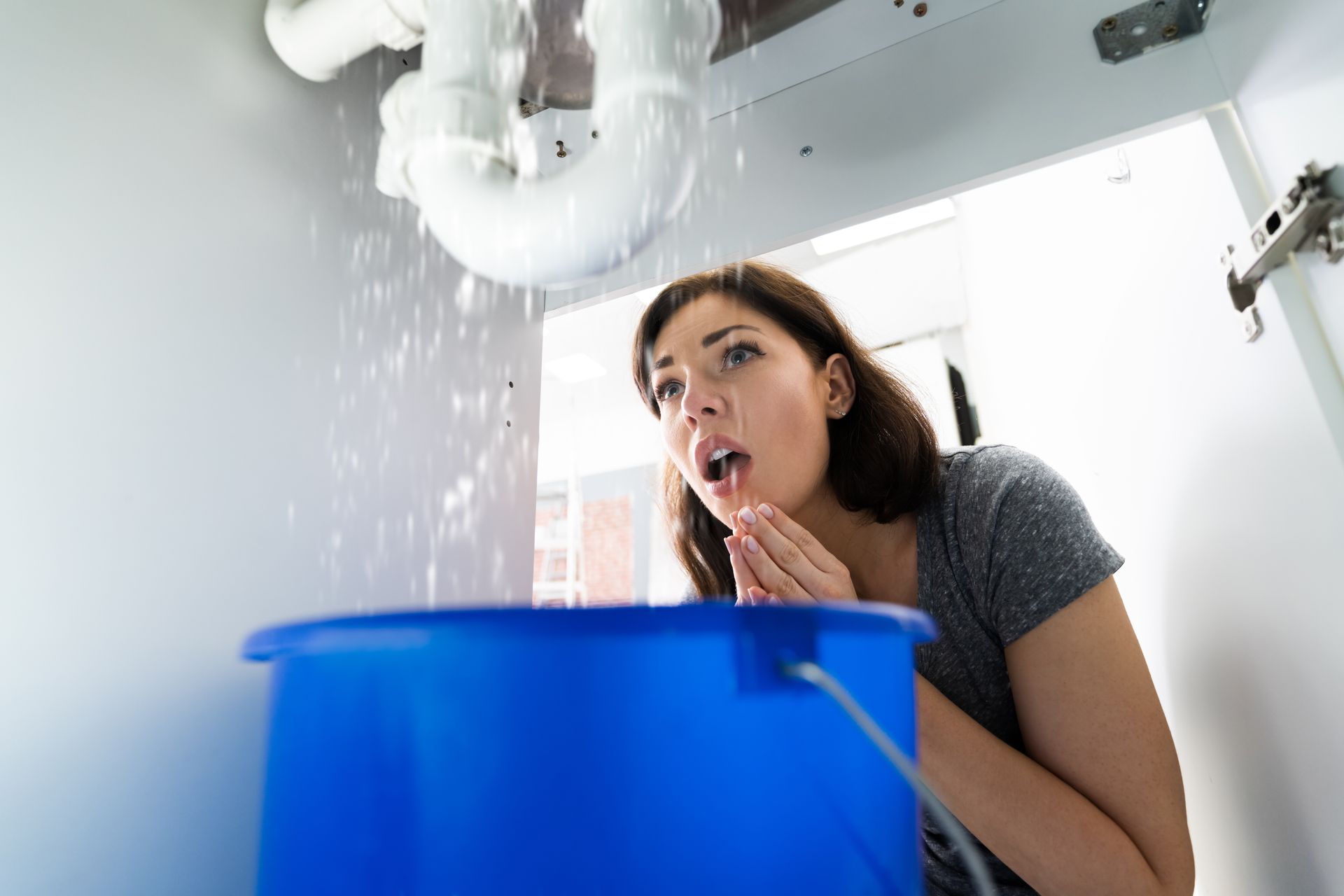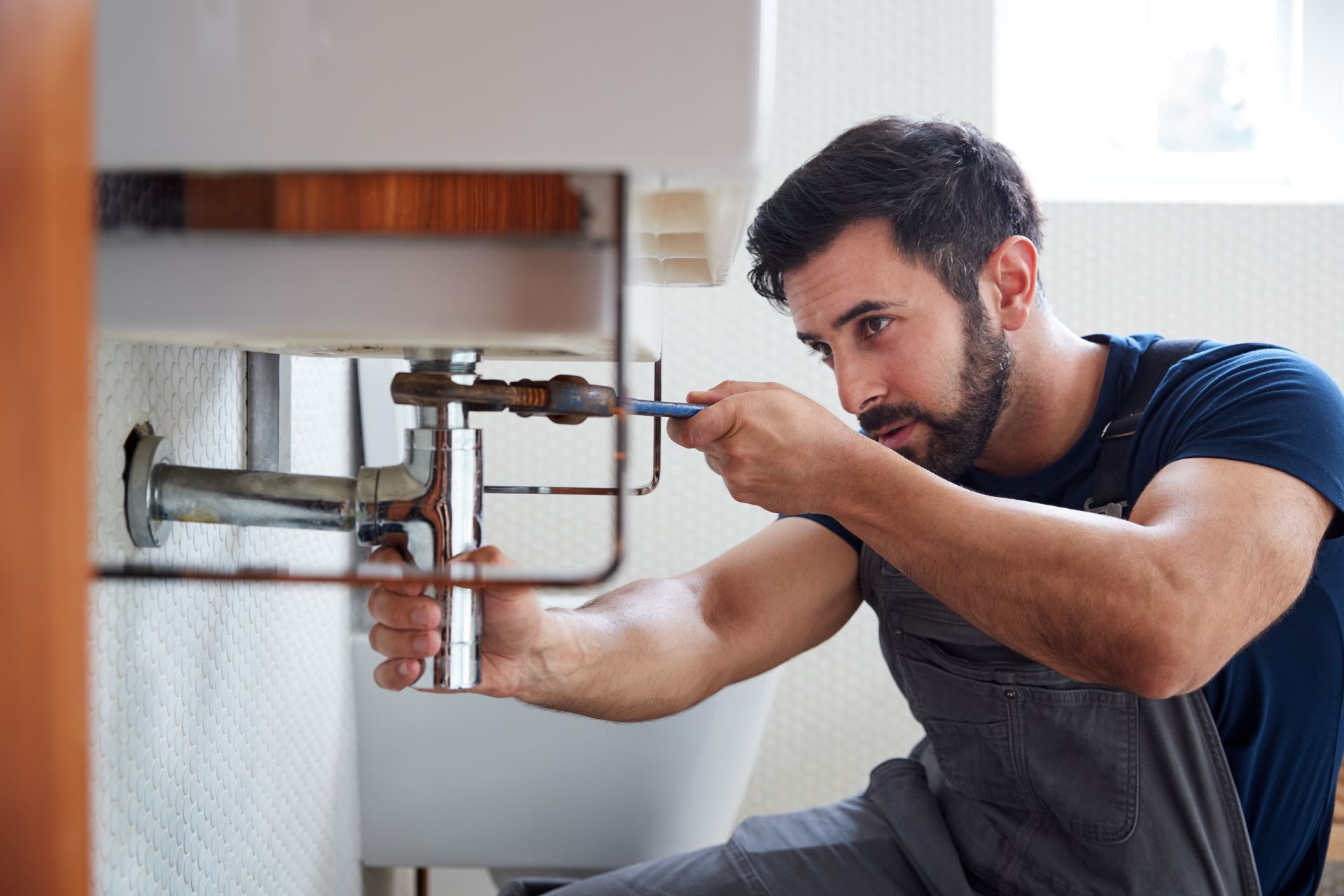Get in touch
richard.h@mhiplumbing.com
(760) 640-0337
The Local’s #1 Choice for Plumbing Services | Call or text us today (760) 640-0337
How to install a garbage disposal in 10 steps
The garbage disposal is one of the most useful appliances in your kitchen. It allows you to quickly and easily dispose of food waste, helping to keep your sink clean and making the cleanup process easier.
They’re also an easy DIY project that can be completed in less than an hour.
In this article, we’ll walk you through the steps for installing a garbage disposal and show you what tools you’ll need for the job.
This is how to install a new unit in 10 simple steps.
You will need a few tools for this project including:
- Screwdriver
- Pliers
- Disposer wrench (also called an Allen wrench)
- Optional – Socket set
Step 1: Flush out old unit
Flush out any debris that may have collected in the sink drain by pouring some water down the drainpipe while operating the faucet at full force.
Step 2: Shut off the power and water supply
The first step is to disconnect any power supply to the disposal. This includes removing any electrical wires connected to the unit and turning off the circuit breaker or fuse that powers it.
If you’re not sure where your breaker box is, turn off all of the lights in your kitchen and see if the disposal still works. If so, it’s probably wired directly into your home’s main source of power. If not, it’s likely that it runs on its own circuit breaker or fuse box.
Shut off the water supply to the sink by turning off the valve under the sink.
If there are pipes underneath your sink, shut off the water valve closest to them using a wrench and turn on all faucets until no more water comes out.
Then turn off all faucets except one so that when you finish installing your new garbage disposal, at least one faucet will still be running so there’s no pressure buildup in the pipes where they meet your new disposal unit.
Step 3: Remove the sink stopper and drain pipe
Remove the sink stopper by unscrewing it from its stem and lift up on the mounting nut with a wrench. Then remove any pipe fittings on top of your sink flange (the part that connects to the sink drain). Inspect all parts closely for any signs of leaks or damage before proceeding.
Step 4: Remove the discharge tube
Unscrew the bolt holding the discharge tube to the sink flange, using a wrench and socket. If there is no bolt, remove the discharge tube by prying it off with a flat-head screwdriver.
Step 5: Remove all screws
If you can’t get at the mounting screws underneath the sink, use an allen wrench or hex wrench to take them out from underneath.
Remove any screws from inside the cabinet that is holding it in place and pull it out through the sinkhole.
Step 6: Remove the old unit
Rotate the rubber flange that seals between your sink and the unit counterclockwise so it pops off.
Step 7: Install the new unit
Place the new Garbage Disposal unit into position and line up the screw holes on top. Tighten down all of the screws on top with a screwdriver until they are firmly set into place.
Do not overtighten!
Step 8: Attach rubber flange
Attach the rubber flange back onto your sink drain hole (over top of your new Garbage Disposal unit), then put your mounting nut back onto its corresponding bolt, using pliers to tighten as much as possible without stripping out any plastic threads (they will break easily).
Then attach the other end of your mounting nut onto its corresponding bolt on top of your Garbage Disposal unit, using pliers again to tighten as much as possible without stripping them.
Step 9: Reattach the discharge tube if necessary
Step 10: Test your new unit
Put some dish soap into your new disposer and run water through it for about 30 seconds before starting up so you don’t get any surprises later on.
If you’re not sure how or do not have time to install a garbage disposal yourself, then it is best to call a professional plumber
The good news is that with MasterCraft Plumbers, we offer free estimates and same-day service.
If you would like to schedule an appointment, call us today at (760) 350-3888.
The post How to install a garbage disposal in 10 steps first appeared on MasterCraft Plumbers.


